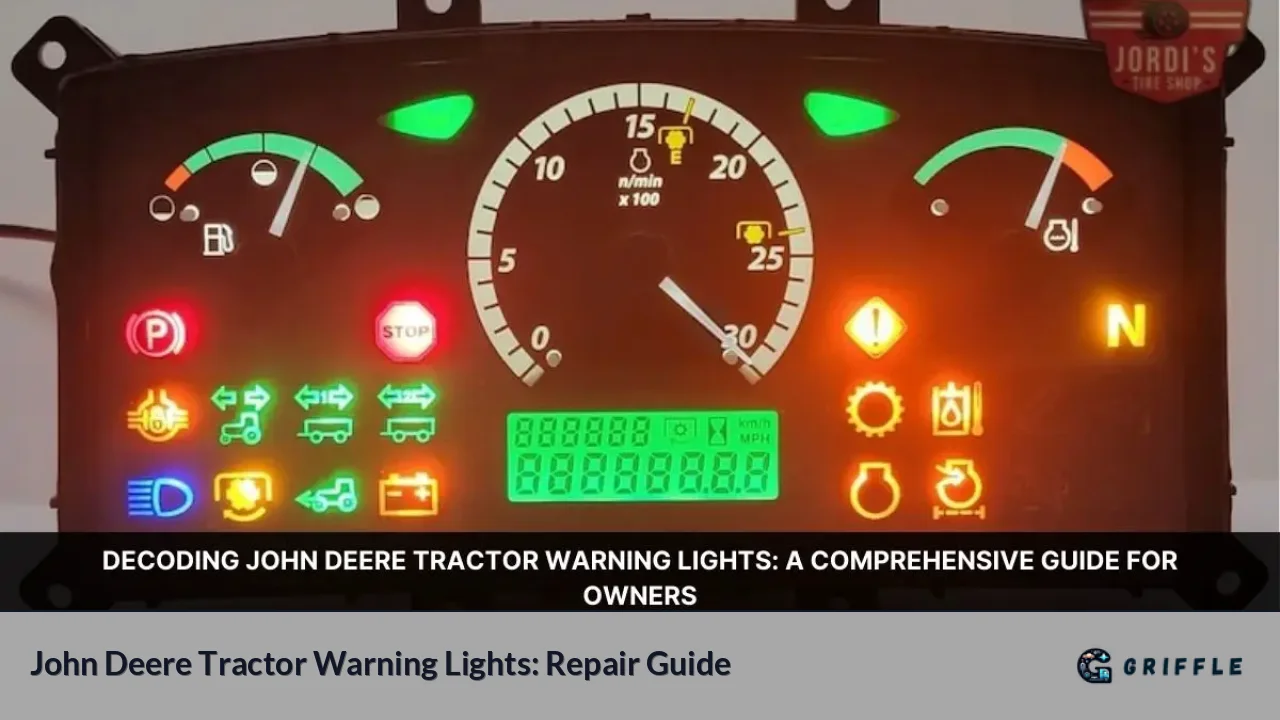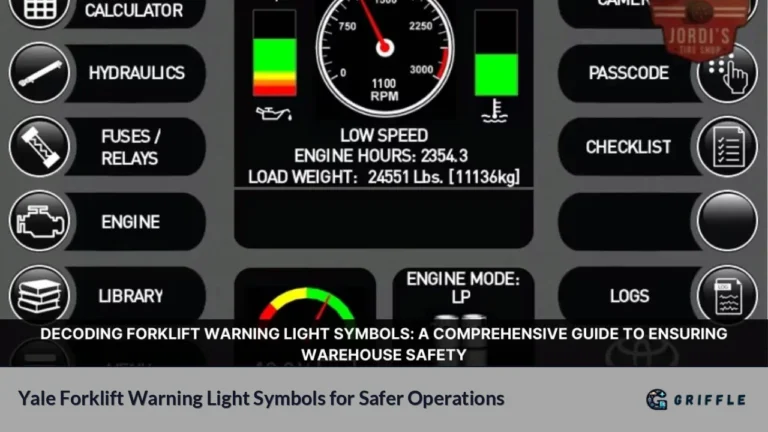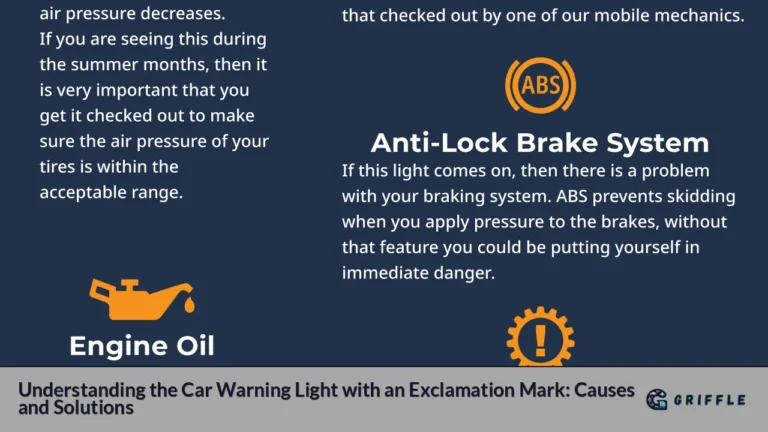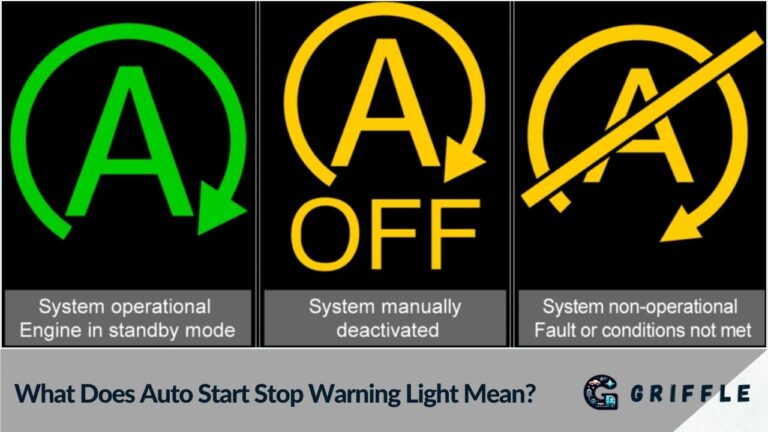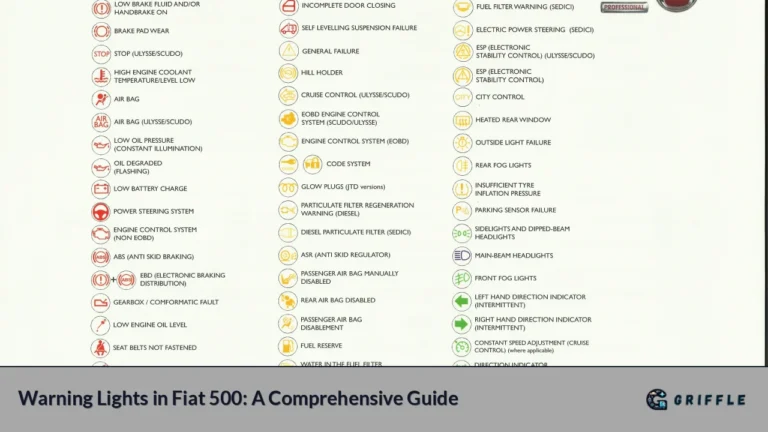John Deere tractors are renowned for their reliability and performance in agricultural settings. However, like any machinery, they come with a variety of warning lights that can indicate potential issues. Understanding these warning lights is crucial for maintaining the tractor's efficiency and ensuring safety during operation. This guide will delve into the meanings behind these warning lights, focusing on the most common problems users face and providing actionable solutions.
Tractor operators often find themselves puzzled by the array of warning lights on their dashboards. These lights serve as critical indicators of the tractor's operational status, alerting users to both minor and severe issues. Ignoring these warnings can lead to significant mechanical failures, costly repairs, and safety hazards. Therefore, it is essential to familiarize oneself with what each light signifies.
In this article, we will break down the various warning lights found on John Deere tractors, categorize them by their urgency, and provide guidance on how to respond appropriately.
| Light Color | Indication | Action Required |
|---|---|---|
| Red | Serious malfunction (e.g., engine overheating) | Shut off engine immediately |
| Yellow | Caution (e.g., low oil pressure) | Check system promptly |
| Green | Normal operation | No action required |
| Blue | Information alert (e.g., diagnostic trouble code) | Consult manual or dealer |
Common Warning Lights and Their Meanings
1. Red Warning Lights: Immediate Attention Required
STOP Light
- Description: A flashing red light indicating a serious malfunction.
- Action: Shut off the engine immediately. Review the error message in the CommandCenter to diagnose the issue.
Coolant Temperature Light
- Description: Illuminates when the engine coolant temperature is too high.
- Action: Stop the tractor and allow it to cool down. If this light is on with the STOP light, immediate engine shutdown is critical.
Oil Pressure Light
- Description: Indicates low oil pressure.
- Action: Check oil levels immediately; add oil if necessary or seek service.
2. Yellow Warning Lights: Caution Needed
Caution Light
- Description: Flashes when there’s a malfunction or when the parking brake is engaged while the engine is running.
- Action: Review the error message in the CommandCenter and ensure that the parking brake is disengaged.
Transmission Oil Temperature Light
- Description: Indicates that the transmission oil temperature is too high.
- Action: Take the tractor in for service immediately if this light appears.
3. Blue Information Lights: Diagnostic Alerts
INFO Light
- Description: Indicates a fault in an electrical component associated with the hydraulic system or transmission.
- Action: Consult your John Deere dealer for further diagnosis.
Understanding Warning Light Colors
The colors of warning lights are designed to convey urgency levels quickly:
- Red lights signify critical issues that require immediate action.
- Yellow lights indicate caution; operators should investigate but may not need to stop immediately.
- Green lights show that systems are functioning normally.
- Blue lights typically provide informational alerts about system diagnostics.
User Experiences and Common Issues
Many users have reported confusion regarding which actions to take when certain lights illuminate. For instance:
"I was unsure whether to stop my tractor when I saw a yellow light flashing. After reading up on it, I learned that I should check my oil pressure right away."
This highlights a common problem among operators who may not fully understand their dashboard indicators.
Proper Responses to Warning Lights
Immediate Actions for Red Lights
When faced with red warning lights:
- Always shut off your engine immediately.
- Refer to your operator's manual for specific error messages.
Caution Responses for Yellow Lights
For yellow warning lights:
- Check relevant systems as soon as possible.
- Keep an eye on performance metrics to ensure everything remains functional.
Preventative Measures
To minimize risks associated with warning lights:
- Regularly check fluid levels (oil, coolant, hydraulic).
- Schedule routine maintenance checks with certified John Deere dealers.
- Familiarize yourself with your tractor’s operator manual for specific warning light meanings.
Conclusion
Understanding John Deere tractor warning lights is essential for safe and efficient operation. By recognizing what each light means and knowing how to respond appropriately, operators can prevent serious mechanical failures and enhance their overall productivity.
Regular maintenance and prompt attention to warning signals will not only extend the life of your tractor but also ensure safety during operation. Always consult your operator's manual or a professional if you are uncertain about any warning light.
FAQs
- What does a flashing red STOP light mean?
It indicates a serious malfunction; shut off the engine immediately. - What should I do if my coolant temperature light comes on?
Stop the tractor to allow it to cool down; if accompanied by a STOP light, shut off immediately. - How do I respond to a yellow caution light?
Check relevant systems promptly but may not need to stop immediately. - What does an INFO light indicate?
This indicates a fault in an electrical component; consult your dealer. - How can I prevent issues with warning lights?
Regularly check fluid levels and perform routine maintenance.
